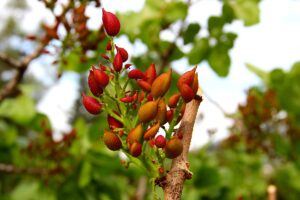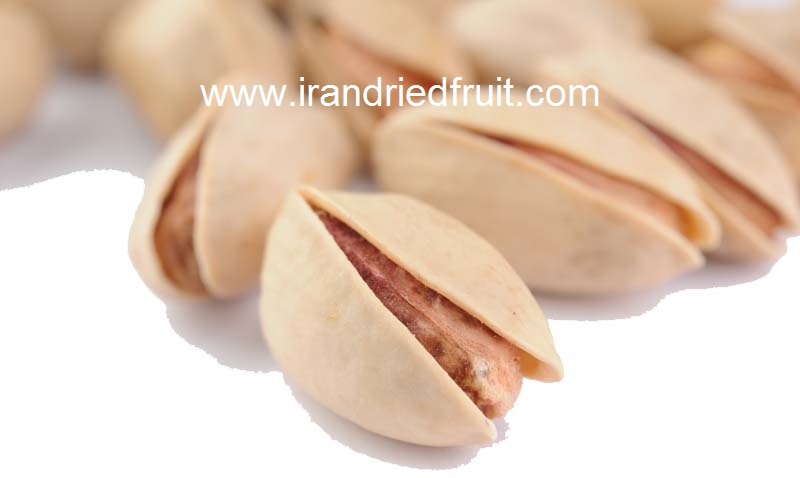Understanding the Basics of a Pistachio Farm
Pistachio farming is a rewarding yet specialized practice, requiring precise growing conditions and long-term investment. Known for their delicious taste and numerous health benefits, pistachios are increasingly popular among consumers worldwide. This has led to growing demand, making pistachio farming a lucrative business for farmers with the right environment. In this guide, we’ll explore the essentials of running a successful pistachio farm, from the ideal growing conditions to harvesting and sustainability practices.

Ideal Growing Conditions for Pistachio Farms
Pistachio trees thrive in specific climates, making location a key factor in farming. The trees prefer hot, dry summers and cool winters. This is why areas like California’s Central Valley, Arizona, and parts of the Middle East are known for large-scale pistachio farming.
Climate and Soil Requirements
- Climate: Pistachio trees need long, hot summers with temperatures exceeding 100°F and cold winters with temperatures dipping to around 45°F to fulfill their chilling requirement for proper dormancy.
- Soil: Pistachio trees grow best in well-draining, sandy, or loamy soils. The trees are fairly drought-tolerant but do not thrive in waterlogged conditions. Proper irrigation and drainage are crucial to avoid root rot and other water-related diseases.
https://pistachioexporter.com/jumbo-pistachios/
The Pistachio Farming Process
Farming pistachios is a long-term commitment, as trees take time to mature and produce nuts. Below is an outline of the key steps involved in the process.
Planting Pistachio Trees
Pistachio farming begins with the planting of saplings. These trees are dioecious, meaning male and female trees are required for pollination. Usually, one male tree is planted for every eight to ten female trees. Farmers typically use grafted rootstock for better yield and disease resistance.
Pistachio trees are slow growers, and it typically takes 5 to 7 years before they start producing nuts. Full production isn’t reached until around 15 years, but the trees can continue to produce for over 100 years, making them a long-term investment.
Irrigation and Fertilization
While pistachio trees are drought-tolerant, providing them with sufficient water during critical growth periods is essential for good nut production. Drip irrigation is often used on pistachio farms to conserve water and ensure consistent moisture.
Fertilization plays an important role in pistachio farming as well. Farmers use nitrogen-rich fertilizers to support healthy growth and maximize nut yield.
Harvesting Pistachios
Pistachios are harvested in late summer or early fall. Unlike many other nuts, pistachios ripen unevenly, meaning that farmers must pay close attention to when the nuts are ready. The outer hull splits open when the nut is ripe, revealing the hard shell inside.
Mechanical Harvesting
Modern pistachio farms typically use mechanical harvesters to shake the trees, allowing the ripe nuts to fall onto tarps or collection bins. After harvesting, the nuts are quickly sent to processing facilities to remove the outer hull, dry the nuts, and prepare them for distribution.
Sustainable Pistachio Farming Practices
Sustainability is becoming increasingly important in pistachio farming. Many farms are adopting eco-friendly practices to reduce water usage and minimize environmental impact.
Water Conservation
Since pistachio trees are drought-resistant, they naturally require less water than many other crops. Farmers are utilizing drip irrigation systems and rainwater harvesting techniques to conserve water and reduce the strain on natural resources.
Soil Health and Biodiversity
Farmers are also focusing on improving soil health by incorporating organic farming practices and minimizing the use of chemical fertilizers and pesticides. Additionally, sustainable pistachio farms support biodiversity by encouraging the growth of cover crops and creating habitats for beneficial insects and wildlife.
